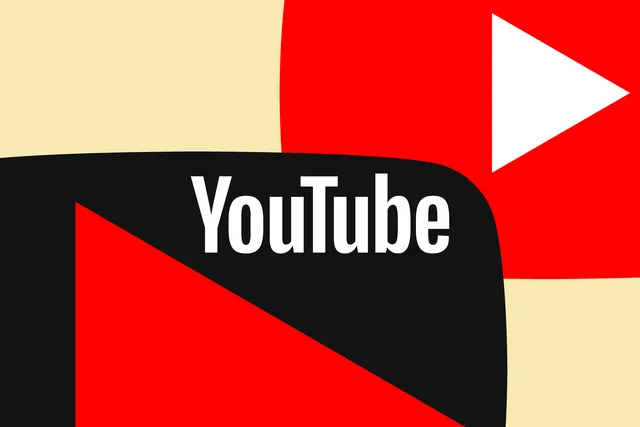YouTube is partnering with CAA to test ways to let celebrities and athletes find AI-generated content using their likeness.
YouTube is taking a groundbreaking step in the fight against AI-generated imitations of celebrities and creators. Partnering with the Creative Artists Agency (CAA), the platform is introducing advanced tools to help creators identify and manage AI-generated versions of their likenesses. This cutting-edge initiative will allow users to detect content that uses AI to replicate their faces, voices, or other aspects of their identity—and take swift action to remove it. The move underscores YouTube’s commitment to safeguarding the integrity of its creators and ensuring a fair and secure digital ecosystem.
A Strategic Partnership with CAA
As part of this effort, YouTube is collaborating with the Creative Artists Agency (CAA), a powerhouse in the entertainment industry. CAA, known for representing some of the biggest names in Hollywood, has already developed the CAAVault—a tool that scans, stores, and protects the digital likenesses of its clients, including their faces, bodies, and voices. By leveraging CAAVault’s expertise, YouTube plans to test these new tools with celebrities and professional athletes starting early next year. After this initial phase, the platform will expand the feature to top YouTube creators, creative professionals, and other high-profile partners who represent talent.
Empowering Creators with AI Detection Tools
Earlier this year, YouTube unveiled plans to tackle the challenges posed by AI-generated content, including depictions of creators and their voices. Now, the platform is delivering on that promise. This new technology will enable creators to identify AI-generated imitations of their likeness “at scale,” giving them the power to monitor and manage unauthorized uses across the platform. Creators will also have the ability to submit removal requests for infringing content, streamlining the process of protecting their digital identity.
Tackling AI-Generated Singing Voices
In addition to addressing visual likenesses, YouTube is also turning its attention to the music industry. The platform is developing “synthetic-singing identification technology”—an advanced tool designed to detect AI-generated content that attempts to replicate artists’ singing voices. This initiative comes on the heels of efforts already underway: earlier this year, YouTube began requiring creators to label videos containing AI-generated content and introduced a process for music labels to request the removal of AI simulations of artists’ voices. These measures aim to curb the misuse of AI technology while supporting originality and authenticity.
A Growing Need for Digital Protections
The rise of generative AI has brought new creative possibilities but also new risks, particularly in the realms of identity theft and copyright infringement. AI tools can now replicate faces, voices, and even mannerisms with uncanny accuracy, blurring the lines between the real and the artificial. For creators and celebrities whose careers depend on their unique image, the stakes couldn’t be higher. By rolling out these detection and management tools, YouTube is positioning itself as a leader in addressing these challenges head-on.
Looking Ahead: What This Means for Creators
As the digital landscape evolves, YouTube’s initiatives represent a critical step forward in protecting creators’ rights and intellectual property. By partnering with industry leaders like CAA and developing sophisticated AI detection tools, the platform is equipping its community with the resources needed to navigate an increasingly complex environment. Whether you’re a celebrity, a top creator, or an up-and-coming talent, these tools will provide an essential layer of protection against the misuse of your identity.
Starting next year, creators will gain access to an unprecedented level of control over their digital presence. From detecting unauthorized AI-generated likenesses to managing their removal, YouTube’s technology will empower creators to maintain their authenticity and safeguard their reputations. As AI continues to reshape the creative world, initiatives like these will play a vital role in ensuring that technology serves as an enabler of innovation—not exploitation.
Stay tuned as YouTube rolls out these features and sets a new standard for digital protections in the age of AI.










